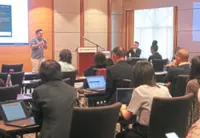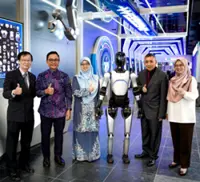Artificial intelligence cannot participate in the complex and unique human condition. — Dreamstime/TNS
The biggest story of the year – the story we should all be paying attention to – is the increasing power of artificial intelligence. Computer code can write itself, chatbots can generate academic papers, and, with a few keystrokes, a website can produce an image worthy to be framed on any wall. Everywhere we turn, AI is outputting text and images that mimic (and often surpass) humans’ abilities.
There’s so much to be concerned about in these developments, especially in the realms of plagiarism and labor replacement, with artists and writers particularly worried about their job prospects drowning in the infinite sea of AI-generated graphics and essays.





